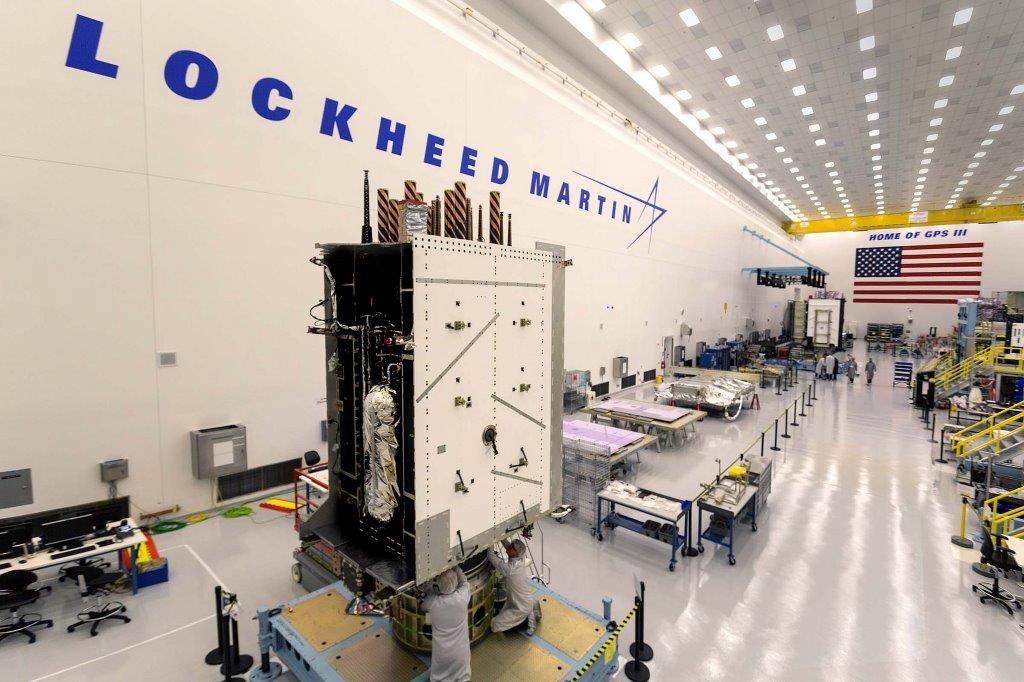The contract to build two payloads for the fourth and fifth weather satellites in the National Oceanic & Atmospheric Administration’s (NOAA) Joint Polar Satellite System (JPSS) program
 Harris Corporation has received a $316 million cost-plus-award-fee contract modification to build two payloads for the fourth and fifth weather satellites in the National Oceanic & Atmospheric Administrations (NOAA) Joint Polar Satellite System (JPSS) program. Known as the Polar Follow-On extension JPSS-3 and JPSS-4 missions, the contract was awarded to Exelis Space Systems, a wholly owned subsidiary of Harris, by the NASA Goddard Space Flight Center in Greenbelt, Md., on behalf of NOAA.
Harris Corporation has received a $316 million cost-plus-award-fee contract modification to build two payloads for the fourth and fifth weather satellites in the National Oceanic & Atmospheric Administrations (NOAA) Joint Polar Satellite System (JPSS) program. Known as the Polar Follow-On extension JPSS-3 and JPSS-4 missions, the contract was awarded to Exelis Space Systems, a wholly owned subsidiary of Harris, by the NASA Goddard Space Flight Center in Greenbelt, Md., on behalf of NOAA.
The Cross-track Infrared Sounder (CrIS) instrument produces high-resolution, three-dimensional temperature, pressure and moisture profiles used to enhance weather forecasting models. The first CrIS instrument is currently operational on the joint NOAA/NASA Suomi National Polar-orbiting Partnership satellite launched in 2011. The second CrIS instrument is scheduled for launch in early 2017 on board the JPSS-1 spacecraft. The third CrIS instrument is in development for the JPSS-2 spacecraft, scheduled for launch in 2021.
CrIS provides vital data for numerical prediction models key to both short- and long-term weather forecasting, said Eric Webster, Harris Environmental Solutions vice president and general manager. CrIS data also will be important for understanding climate phenomena such as El Niño and La Niña.
JPSS is a collaborative effort between NOAA and NASA that ensures continuity of observational data at the quality levels needed to sustain current weather forecasts beyond 2017. NOAA is responsible for managing and operating the JPSS satellites, while NASA is responsible for developing and building the JPSS instruments, spacecraft and major components of the ground segment, as well as launching the satellite. Work on the payloads is performed in Fort Wayne, Indiana.













































































